Hyundai i10 vs BMW 3 Series Saloon – Differences & prices compared
Compare performance, boot space, consumption and price in one view.
Find out now: which car is the better choice for you – Hyundai i10 or BMW 3 Series Saloon?
The Hyundai i10 (Hatchback) comes with a Petrol engine and Manuel or Automatic transmission. In comparison, the BMW 3 Series Saloon (Sedan) features a Diesel MHEV, Plugin Hybrid, Petrol MHEV or Petrol engine with Automatic or Manuel transmission.
When it comes to boot capacity, the Hyundai i10 offers 252 L, while the BMW 3 Series Saloon provides 480 L – depending on how much space you need. If you’re looking for more power, decide whether the 90 HP of the Hyundai i10 or the 530 HP of the BMW 3 Series Saloon suits your needs better.
In terms of consumption, the values are 4.90 L per 100 km for the Hyundai i10, and 0.80 L for the BMW 3 Series Saloon.
Price-wise, the Hyundai i10 starts at 14600 £, while the BMW 3 Series Saloon is available from 39900 £. Compare all the details and find out which model fits your lifestyle best!
Hyundai i10
The Hyundai i10 impresses with its compact design, making it an ideal choice for navigating through busy urban environments. Its interior is surprisingly spacious, offering drivers and passengers comfort beyond what one might expect from a city car. The model combines efficiency and practicality, making it an attractive option for those seeking both economy and functionality in their daily commute.
details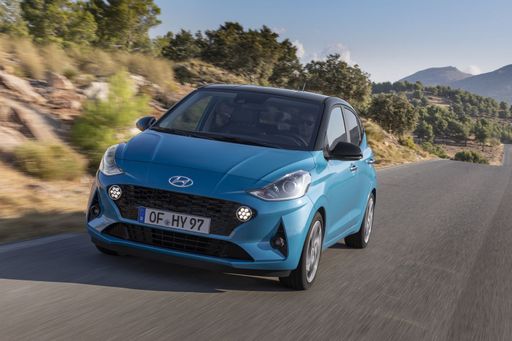 @ hyundai.news
@ hyundai.news
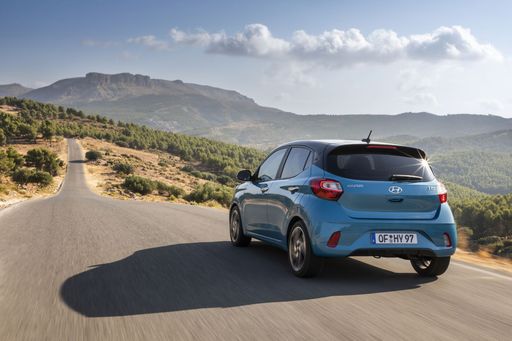 @ hyundai.news
@ hyundai.news
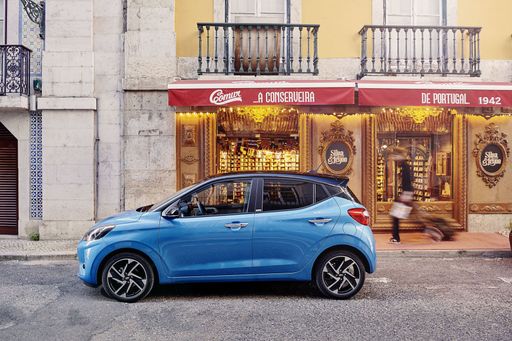 @ hyundai.news
@ hyundai.news
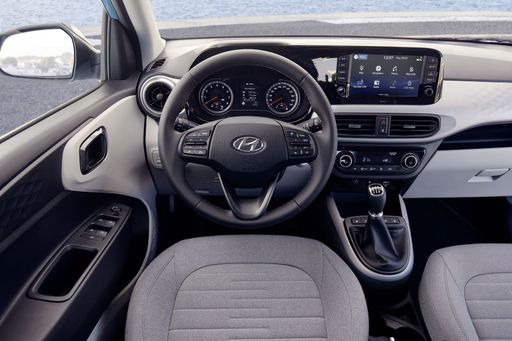 @ hyundai.news
@ hyundai.news
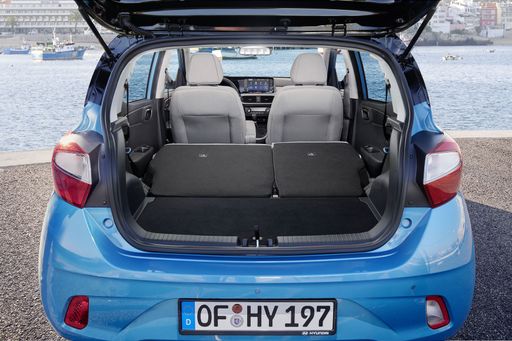 @ hyundai.news
@ hyundai.news
BMW 3 Series Saloon
The BMW 3 Series Saloon seamlessly blends elegance with sporty performance, offering a driving experience that's both dynamic and refined. Its meticulously crafted interior and intuitive technology create a comfortable and connected environment for both driver and passengers. On the road, the 3 Series delivers agile handling and a smooth ride, making it a standout choice in its class.
details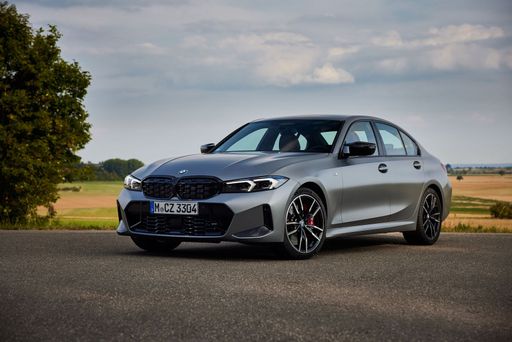 @ press.bmwgroup.com
@ press.bmwgroup.com
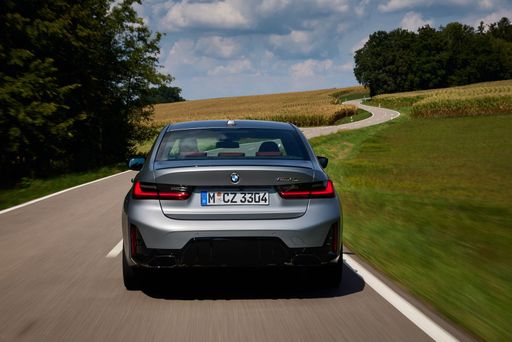 @ press.bmwgroup.com
@ press.bmwgroup.com
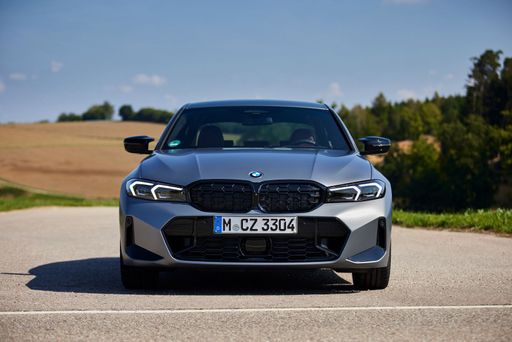 @ press.bmwgroup.com
@ press.bmwgroup.com
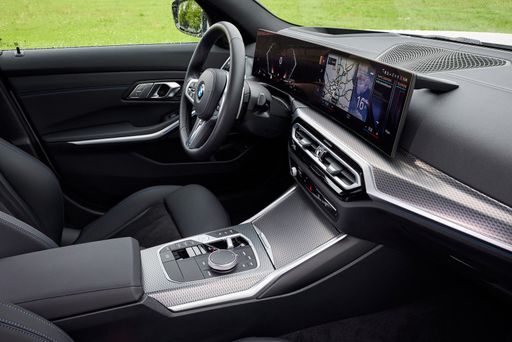 @ press.bmwgroup.com
@ press.bmwgroup.com
 @ press.bmwgroup.com
@ press.bmwgroup.com

|

|
|
|
|
Costs and Consumption |
|
|---|---|
|
Price
14600 - 19000 £
|
Price
39900 - 91000 £
|
|
Consumption L/100km
4.9 - 5.5 L
|
Consumption L/100km
0.8 - 10.1 L
|
|
Consumption kWh/100km
-
|
Consumption kWh/100km
-
|
|
Electric Range
-
|
Electric Range
96 - 101 km
|
|
Battery Capacity
-
|
Battery Capacity
19.50 kWh
|
|
co2
110 - 124 g/km
|
co2
19 - 227 g/km
|
|
Fuel tank capacity
36 L
|
Fuel tank capacity
40 - 59 L
|
Dimensions and Body |
|
|---|---|
|
Body Type
Hatchback
|
Body Type
Sedan
|
|
Seats
4 - 5
|
Seats
5
|
|
Doors
5
|
Doors
4
|
|
Curb weight
996 - 1099 kg
|
Curb weight
1575 - 1960 kg
|
|
Trunk capacity
252 L
|
Trunk capacity
375 - 480 L
|
|
Length
3670 - 3675 mm
|
Length
4713 - 4801 mm
|
|
Width
1680 mm
|
Width
1827 - 1903 mm
|
|
Height
1480 - 1483 mm
|
Height
1437 - 1446 mm
|
|
Payload
344 - 423 kg
|
Payload
405 - 495 kg
|
Engine and Performance |
|
|---|---|
|
Engine Type
Petrol
|
Engine Type
Diesel MHEV, Plugin Hybrid, Petrol MHEV, Petrol
|
|
Transmission
Manuel, Automatic
|
Transmission
Automatic, Manuel
|
|
Transmission Detail
Manual Gearbox, Automated Manual
|
Transmission Detail
Automatic Gearbox, Manual Gearbox
|
|
Drive Type
Front-Wheel Drive
|
Drive Type
Rear-Wheel Drive, All-Wheel Drive
|
|
Power HP
63 - 90 HP
|
Power HP
150 - 530 HP
|
|
Acceleration 0-100km/h
11.4 - 18.4 s
|
Acceleration 0-100km/h
3.5 - 8.6 s
|
|
Max Speed
143 - 175 km/h
|
Max Speed
218 - 250 km/h
|
|
Torque
93 - 172 Nm
|
Torque
250 - 700 Nm
|
|
Number of Cylinders
3 - 4
|
Number of Cylinders
4 - 6
|
|
Power kW
46 - 66 kW
|
Power kW
110 - 390 kW
|
|
Engine capacity
998 - 1197 cm3
|
Engine capacity
1995 - 2998 cm3
|
General |
|
|---|---|
|
Model Year
2024
|
Model Year
2024 - 2025
|
|
CO2 Efficiency Class
C, D
|
CO2 Efficiency Class
D, E, B, F, G
|
|
Brand
Hyundai
|
Brand
BMW
|
Hyundai i10
Introduction to the Hyundai i10
The Hyundai i10 has consistently proven to be a dependable and stylish companion for urban driving. Known for its compact design and efficiency, this hatchback offers a perfect blend of modern aesthetics and practicality, making it a popular choice for city dwellers and small families alike.
Performance and Efficiency
The Hyundai i10 is available with both manual and automatic transmissions, catering to various driving preferences. Engine power ranges from 63 to 90 PS, providing a versatile driving experience for both novice and seasoned drivers. The fuel consumption varies between an impressive 4.9 to 5.4 litres per 100 kilometres, fitting for those looking to minimise fuel costs while also reducing their carbon footprint.
Engine and Transmission
Equipped with a choice of 1.0-litre or 1.2-litre engines, the i10 offers up to 172 Nm of torque, ensuring lively performance. The models feature front-wheel-drive configurations, allowing for smooth handling and reliable road performance. The car excels in city driving but is equally capable on longer journeys.
Interior and Comfort
Despite its compact size, the Hyundai i10 does not compromise on interior space and comfort. It accommodates four to five occupants comfortably, offering sufficient legroom and headroom. Its flexible seating arrangement and a 252-litre boot make it ideal for both quick trips and weekend getaways.
Safety and Technology
Safety remains a priority with Hyundai, and the i10 is no exception. It comes equipped with multiple airbags, stability control, and advanced braking systems. Technology-wise, the i10 features a user-friendly infotainment system with smartphone connectivity, ensuring a pleasant and connected drive.
Design and Style
The Hyundai i10’s design is both modern and sleek, making it stand out in the compact hatchback segment. With a length ranging from 3670 to 3675 mm, a width of 1680 mm, and a height of 1480 to 1483 mm, the i10 strikes a perfect balance between style and functionality.
Affordable Pricing and Value
The i10 is available in several trims including the Select, N Line, and Prime, among others, with prices ranging from €16,990 to €22,190. Considering its features and low running costs — with monthly expenses estimated between €694 to €793 — the Hyundai i10 offers substantial value for those seeking an economical yet stylish hatchback.
Conclusion
The Hyundai i10 combines efficiency, modern design, and practicality in a compact package. Whether you are seeking a reliable city car or an economical daily driver, the Hyundai i10 is a strong contender worth considering in the compact car market of 2024.
BMW 3 Series Saloon
The BMW 3 Series Saloon: A Benchmark for Modern Luxury
The BMW 3 Series Saloon continues to be a leader in the world of executive vehicles, combining elegant design with cutting-edge technology and performance. The 2024 range offers a wide array of options and features to cater to any driving preference while maintaining the iconic BMW charm.
Progressive Powertrains
The 3 Series Saloon presents an impressive lineup of powertrains, including Diesel Mild-Hybrid, Petrol, Plug-In Hybrid, and Petrol Mild-Hybrid options. Horsepower ranges from a respectable 150 PS to a thrilling 530 PS, providing flexibility for both conservative and performance-focused drivers. The car's environmental awareness is highlighted by CO2 efficiency classes spanning from B to G and an electrifying plug-in hybrid option with an electric range of up to 101 km.
State-of-the-Art Innovation
The engineering behind the 3 Series Saloon reflects BMW's commitment to innovation. With sophisticated features such as the 8-speed Steptronic automatic transmission and mild-hybrid technology, this model enhances fuel efficiency while maintaining dynamic performance. Intelligent all-wheel drive (xDrive) is available for those seeking unparalleled traction and control, catering to both rear-wheel and all-wheel drive enthusiasts.
Performance and Driving Dynamics
Driving experience has always been a cornerstone of BMW's philosophy, and the 3 Series Saloon embodies this with precision-engineered dynamics. The vehicle delivers an exhilarating acceleration, with the M3 Competition model reaching from 0 to 100 km/h in merely 3.5 seconds. Meanwhile, top speeds extend up to 250 km/h, providing the thrills expected from a sport-oriented saloon. Furthermore, with torque outputs spanning from 250 Nm to a staggering 700 Nm, the car offers robust performance across its range.
Design and Comfort
The BMW 3 Series Saloon combines aesthetic appeal with functional design. It boasts a refined interior with a seating capacity for five, ensuring passenger comfort is prioritised alongside driver pleasure. The boot offers ample space, ranging from 375 to 480 litres, ensuring practicality is never an afterthought. Notably, the sleek dimensions, with lengths between 4713 mm and 4801 mm, underline both elegance and presence.
Advanced Features and Tech
Every part of the BMW 3 Series Saloon reflects forward-thinking technology, from its driver assistance systems to its advanced connectivity features. Rich with features like the Live Cockpit Professional and a range of M Sport packages, the saloon is designed to make each journey a pleasure. Moreover, the adaptive M suspension and variable sport steering further enhance handling and ride comfort, ensuring the driving characteristics are tailored to personal preferences.
Conclusion
The BMW 3 Series Saloon for 2024 not only maintains its reputation as a leading executive car but further pushes boundaries with its mix of performance, innovation, and luxury. Whether it is the efficient plug-in hybrid variants or the exhilarating M3 versions, the 3 Series offers something for everyone, establishing itself as a staple for any discerning driver.
What drivetrain options does the Hyundai i10 have?
The Hyundai i10 is available as Front-Wheel Drive.
The prices and data displayed are estimates based on German list prices and may vary by country. This information is not legally binding.
